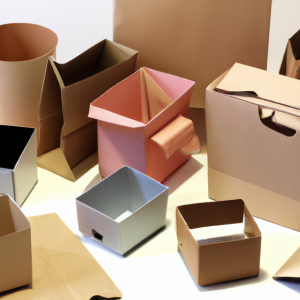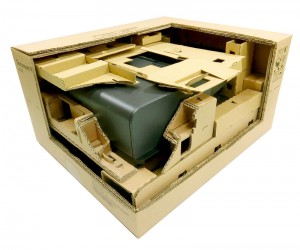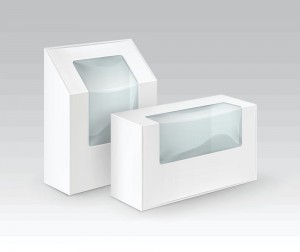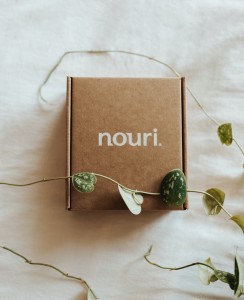Packaging plays a vital role in the modern world. It is not just a way of presenting and protecting products but also a means of attracting and engaging consumers. Packaging is an essential aspect of any successful marketing strategy as it is often the first point of contact with the consumer. As such, it is crucial to understand the five essential elements of packaging to ensure that your product stands out in a crowded market. In this article, we will explore these five elements in detail.
1. Functionality
The first and most crucial element of packaging is functionality. Packaging should serve its primary purpose, which is to protect the product from damage during transport and storage. It should be durable, sturdy, and able to withstand the rigors of transportation. It must also be designed to prevent contamination, preserve freshness, and prevent spillage. The packaging should be easy to use and dispose of without causing any harm to the environment.
2. Branding
The second element of packaging is branding. Packaging should be designed to be visually appealing and recognizable. It should be consistent with your brand identity, including your logo, color scheme, and typography. The packaging should communicate your brand's values, message, and personality. The overall design should be distinctive and memorable, making your product stand out from the competition.
3. Informative
The packaging should also be informative. It should provide relevant information to consumers, including the product name, description, ingredients, nutrition facts, and instructions for use. The packaging should also provide any necessary warnings or precautionary information. Informative packaging ensures that consumers have all the information they need to make an informed decision about purchasing the product.
4. Convenience
The fourth element of packaging is convenience. The packaging should be easy to handle, open, and reseal. The size and shape of the package should be suitable for the product and convenient for consumers to use and store. Convenient packaging ensures that consumers are satisfied with their purchase and encourages repeat purchases.
5. Sustainability
The final element of packaging is sustainability. With growing consumer awareness and environmental concerns, sustainable packaging has become an essential consideration. Packaging should be designed to minimize its impact on the environment, be made from recyclable, biodegradable, or compostable materials. Sustainable packaging reduces waste and demonstrates the brand's commitment to corporate social responsibility.
In conclusion, packaging is far more than just a means of covering and protecting products. It is an essential marketing tool that can make or break the success of a product. Understanding the five essential elements of packaging, including functionality, branding, informatics, convenience, and sustainability, can help brands develop packaging that captures consumers' attention and drives sales. By implementing effective packaging, brands can create a strong brand identity, build customer loyalty, and demonstrate their commitment to sustainability.
Post time: Jun-07-2023










